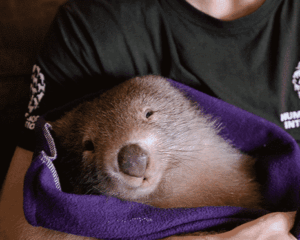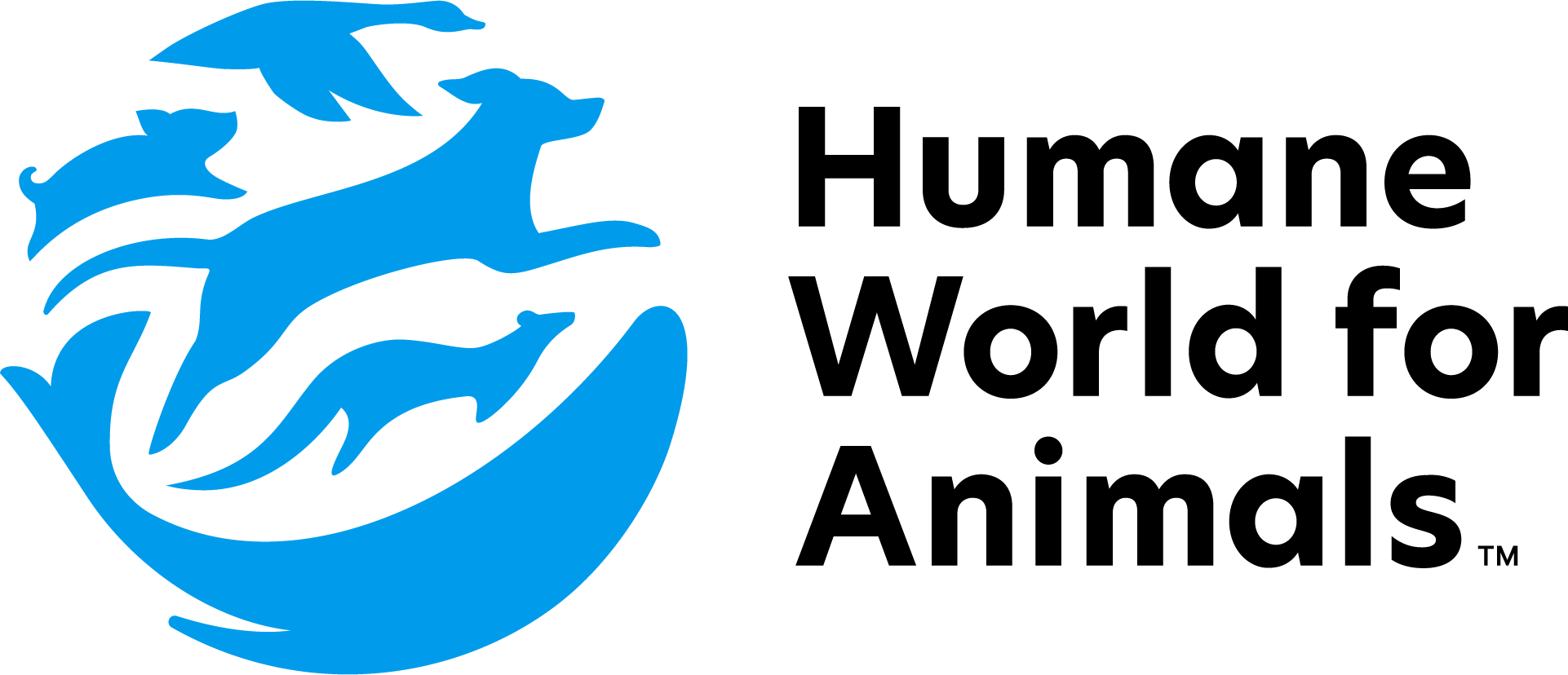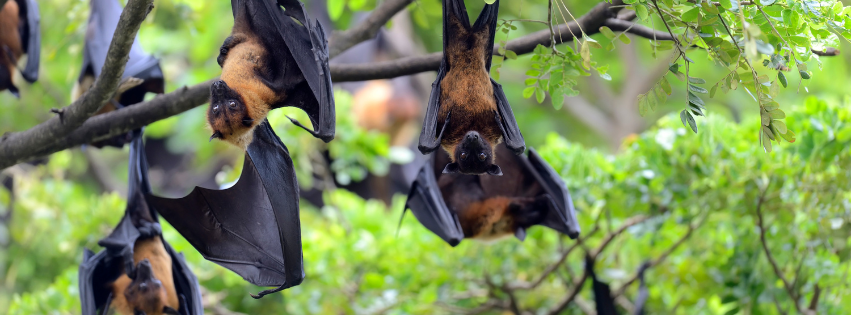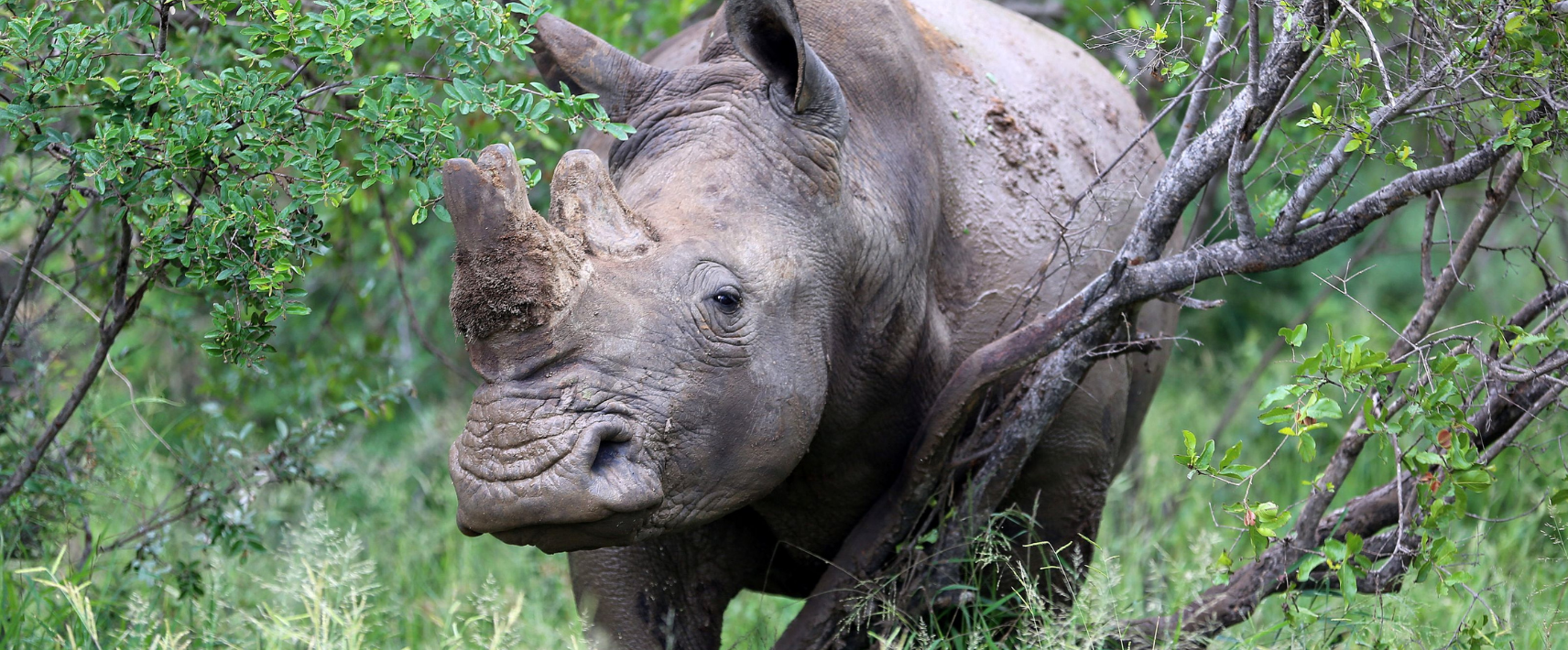Humane World for Animals has criticised the Crisafulli Government’s decision to reverse the former government’s phase-out of shooting flying foxes for crop protection. The animal protection charity says the move seriously undermines progress toward effective non-lethal management and brings back animal suffering. The phase-out of flying-fox shooting in Queensland was due to conclude on 1 July 2026, having given landholders three years to transition to non-lethal crop...
Australia’s native animals are protected by law — but that protection comes with caveats. Across every state and territory, permits are routinely issued that allow property owners to kill native wildlife. Known in many jurisdictions as “damage mitigation permits,” these licences have quietly sanctioned the deaths of millions of animals over the years.
At Humane World for Animals, we’ve been tracking this issue through our Licence to Kill campaign. Our 2023 report Licence to Kill: The Shocking Scale of Native Wildlife Killing in Australia, revealed the scale of government-approved wildlife destruction — including kangaroos, cockatoos, wombats and wallabies. Many of these killings occur with minimal oversight and few requirements to ensure they are justified or humane.
A 2024 update to the report is underway, and the early data shows little has changed. One species still heavily impacted is the wombat — a quiet, burrowing marsupial whose survival is increasingly shaped by a paper-based permit process.
Wombats in the crosshairs
Wombats are among the native animals frequently targeted under Australia’s wildlife killing regimes. Permits are typically issued in response to claims of property damage, particularly to fencing or pasture. But wombats are slow-breeding and territorial, meaning the death of even a single individual can affect the stability of local populations.
Their digging, while sometimes inconvenient, also plays a critical ecological role — aerating soil, influencing nutrient cycles, and creating shelter for other species.
Despite being protected under law, thousands of wombats are legally killed each year under licence — a figure that is likely an underestimate, due to inconsistent monitoring and limited reporting. Humane alternatives, such as wombat gates and wildlife-friendly fencing, are rarely promoted or supported by government agencies.
A story of survival
In August 2017, a wombat joey was discovered alive in her mother’s pouch after the adult wombat had been shot and left on the ground. Against the odds, the joey survived. Cold and weak, she spent her first week shivering — earning her the name Shivers.
 Shivers at Sleepy Burrows Wombat Sanctuary, photo credits: Jen Osbourne
Shivers at Sleepy Burrows Wombat Sanctuary, photo credits: Jen Osbourne
Shivers was taken into care by Donna Stepan at Sleepy Burrows Wombat Sanctuary, where she received the intensive, round-the-clock support needed to survive. After more than three years of rehabilitation, Shivers was released back into the wild in January 2021. Today, she’s still seen wandering through the area where she was released — a healthy adult wombat living freely.
Shivers’ story is a rare example of what can happen when native wildlife is given a chance to recover. But most wombats aren’t so fortunate.
In 2023, licences were issued across Australia permitting the killing of 3,558 wombats. These permits are typically granted in response to reported property damage, but there is no national requirement to show that non-lethal measures have been tried first. Nor are governments required to track how many wombats are actually killed once a permit is issued.
The current system makes it too easy to authorise the killing of native wildlife — and too difficult to account for the consequences.
What we’re doing next
Stories like Shivers’ remind us what’s at stake — and why this work matters.
At Humane World for Animals, we’re preparing a 2024 update to our Licence to Kill report, continuing our investigation into the legal killing of native wildlife across every state and territory. We’re analysing permit data, exposing the scale of the problem, and calling on governments to overhaul the system.
That includes stronger protections for wombats. Humane alternatives to lethal control must be prioritised, and permits should only be granted as a last resort, not a first step.
We’re also pushing for transparency. At present, there is no requirement for governments to track or publish how many wombats are actually killed under licence. That has to change. If native animals are being lawfully destroyed, the public has a right to know.
Together, we can shift the system — and build a future where we won’t see any more orphans like Shivers.


